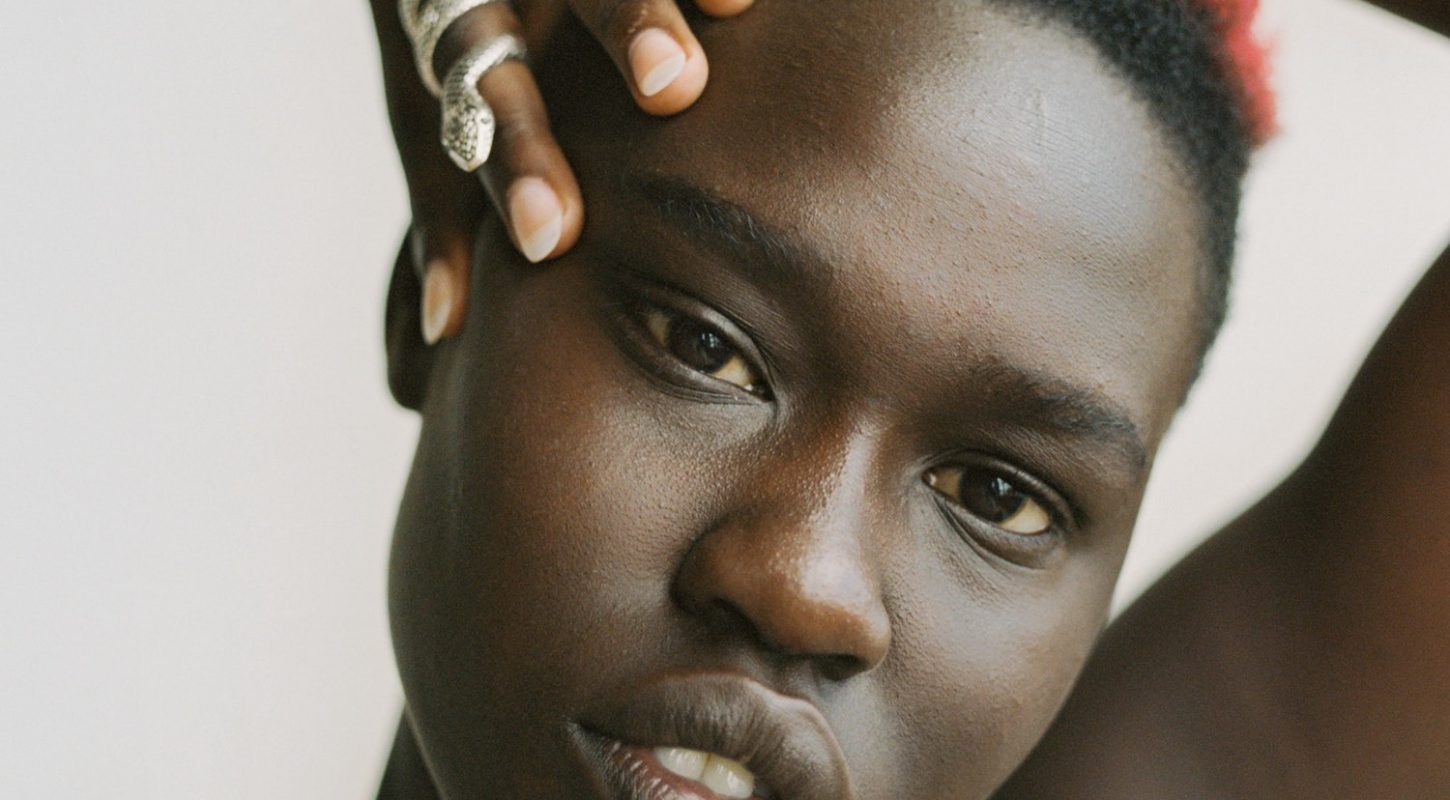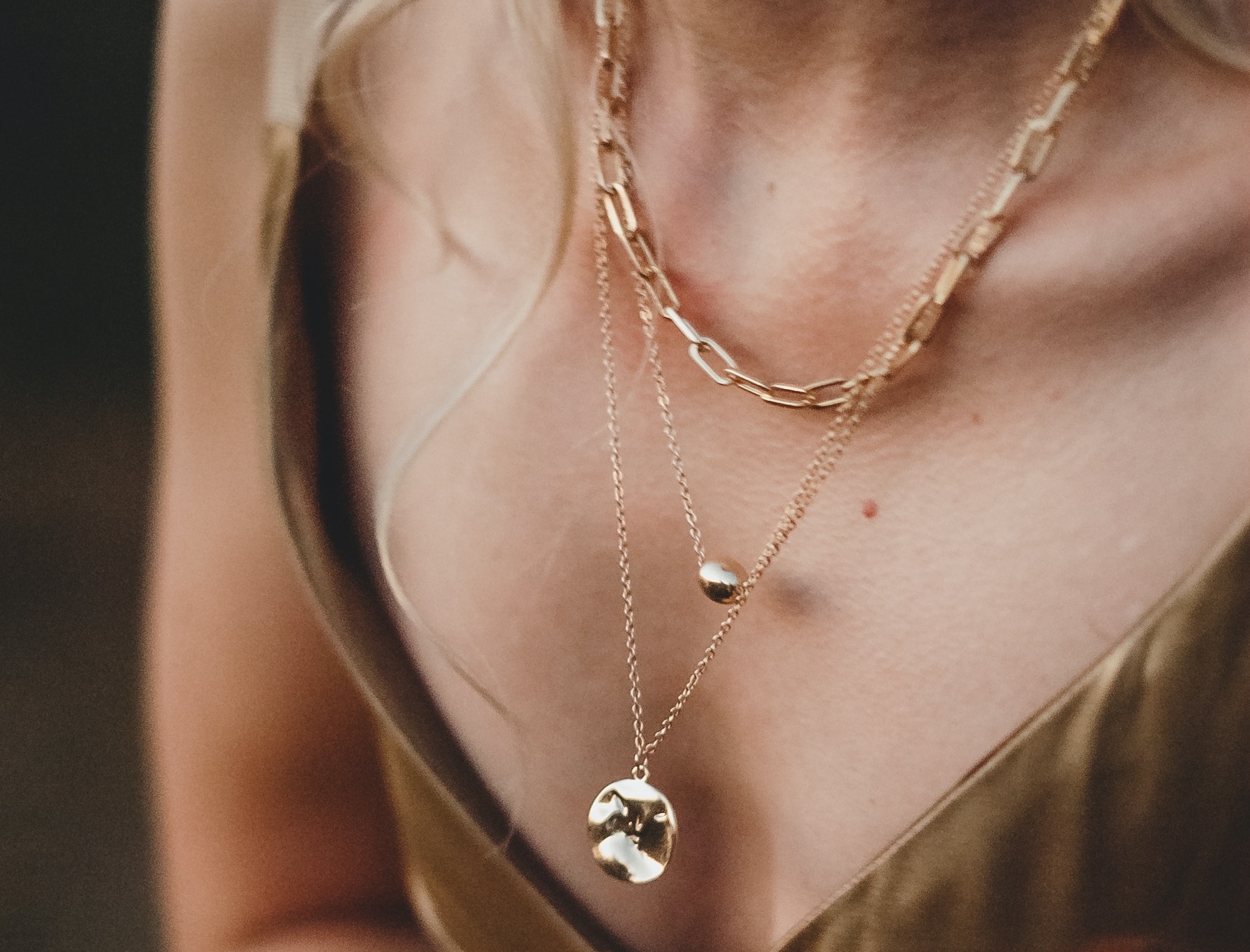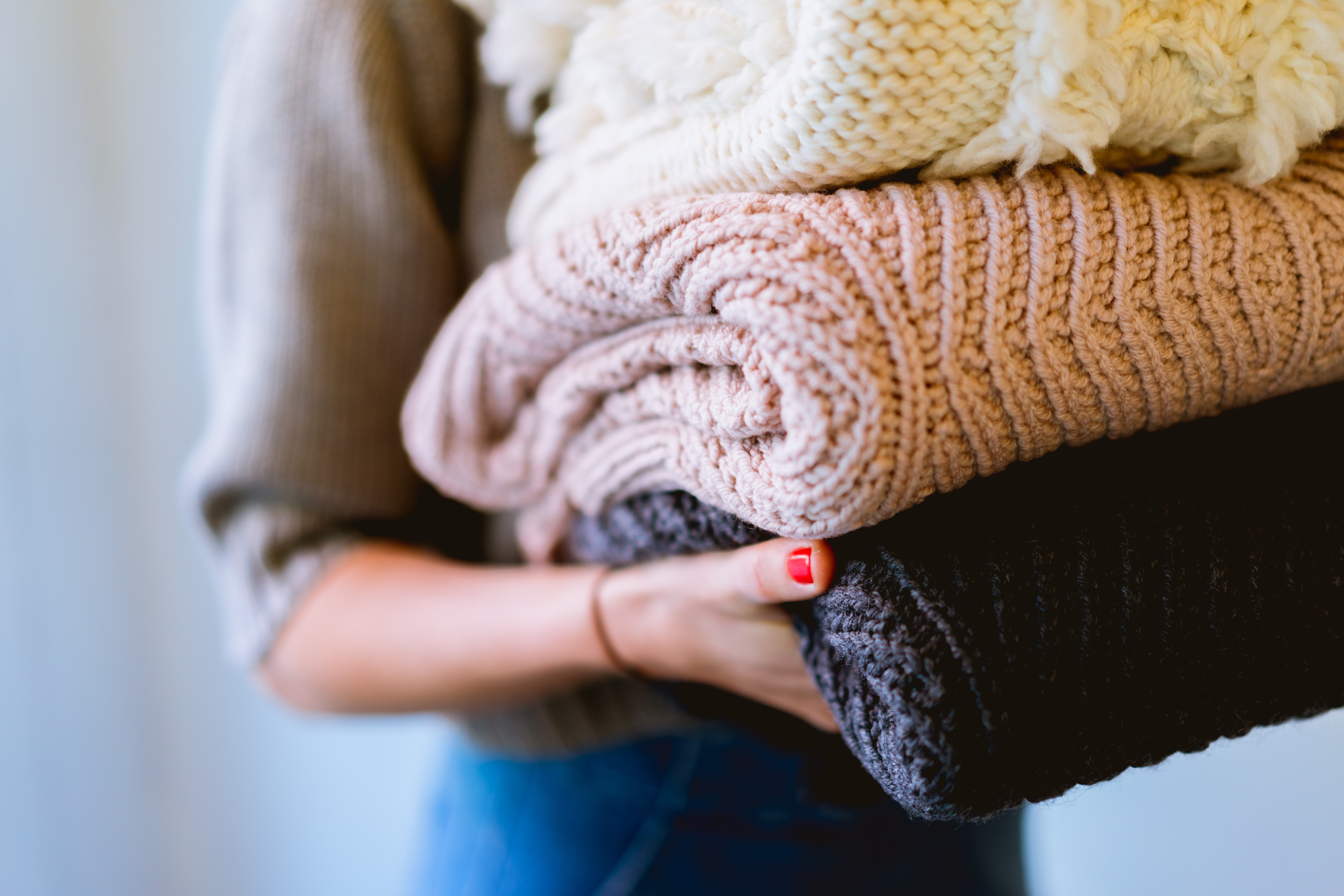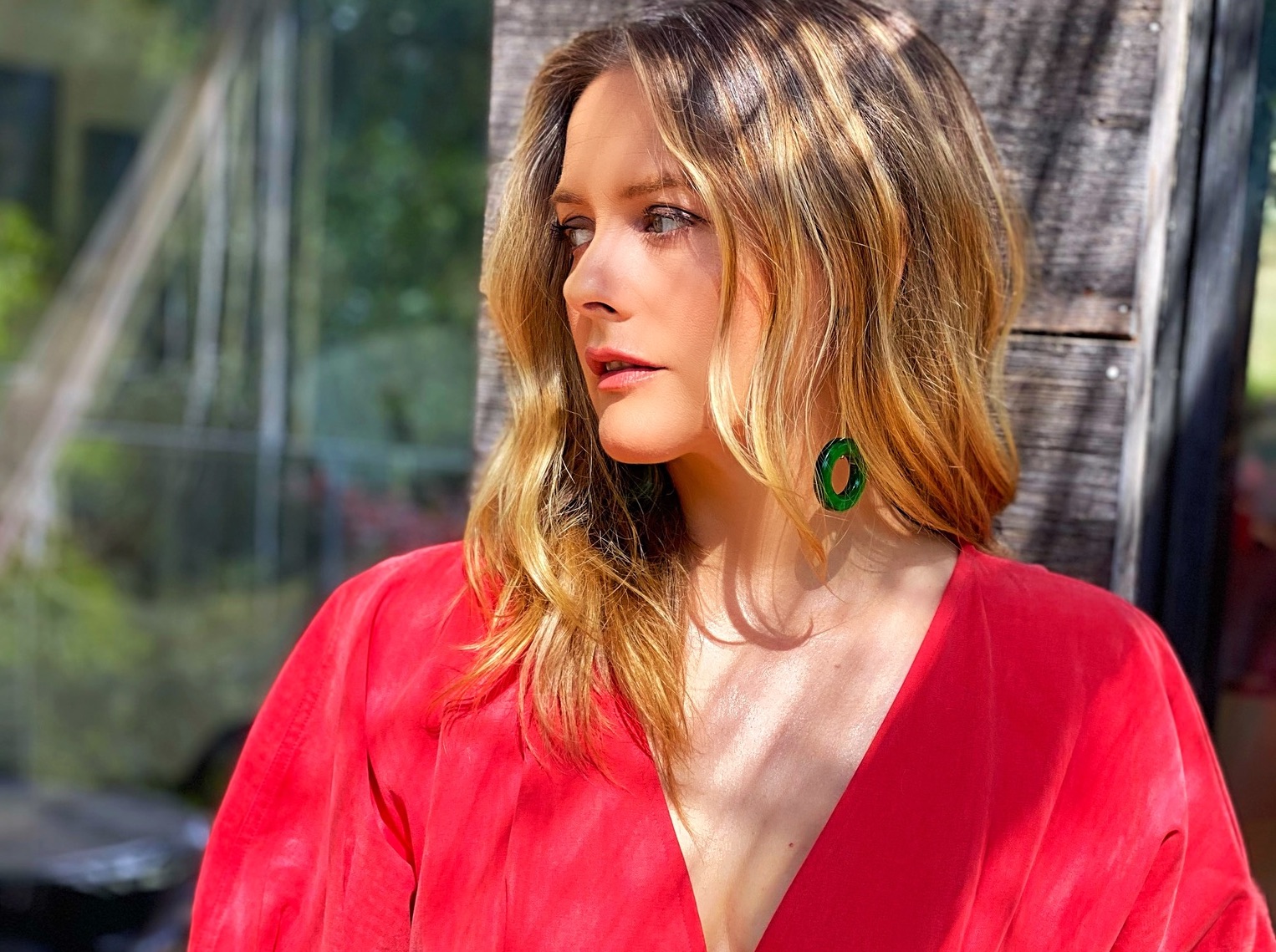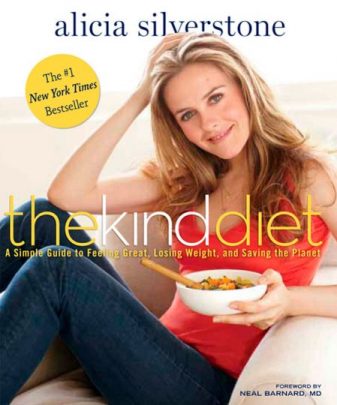Guest blog by our friends at Branch Basics.
If you’re a health-conscious person who colors your hair, you’ve probably experienced the struggle of trying to find a safe, natural hair color that actually works. And make no mistake, it is a struggle to match your color with a non-toxic brand that lasts, covers gray, works with your natural tones and highlights, and truly contains no (or very few) harmful chemicals.
It’s no wonder so many just give up and hope their healthy lifestyle will buffer the regular onslaught of chemicals. Some of these include cancer-causing PPD, formaldehyde, and ethanolamines; endocrine-disrupting phthalates, fragrance and ammonia; as well as heavy metals, and different forms of toluenes that impact the nervous system, and many more poisons.
I get it because I’ve been there. I also understand that feeling your best isn’t just about eating well and avoiding toxins, you also need to feel good about how you look, which makes the temptation to compromise perfectly understandable. However, thanks to new innovations in non-toxic hair color, you may not have to turn a blind eye to have fabulous hair any longer. While truly chemical-free hair colors are few and far between, our team has managed to find a few impressive products we’re comfortable recommending for all hair types.
1. Green Hare Mud
Green Hare is not a well-known brand, but a member of our team stumbled upon it while researching natural hair dyes—and she was pretty excited about the results.
According to founder Jeannie Wrightson, “Green Hare Mud is pure ground plant materials. We use zero fillers, binders, thickeners, preservatives, or anything in our product or packing that is not clearly listed.” This product is not a hair “dye” per se, because it contains “no lift”. “Lift’ is the chemical reaction required to actually change your hair’s color and thus, requires chemicals. Rather, it’s a 100% natural permanent hair stain made of a proprietary blend of all-natural herbs, barks, berries, teas, and other ingredients that will permanently stain your hair…and cover gray.
According to our in-house source, the application is very easy and the results—in color, gray coverage, and durability—are worth the 30-90 minutes processing time. You can apply this product yourself after familiarizing yourself with the instructions or direct a trusted hair professional. Another thing we love is that it contains virtually no plastic packaging, so there’s very little waste. The only downside is their color palette is somewhat limited, but they cover all the bases (blonde, dark blonde, red, dark brown, very dark brown, etc.) and you can mix and match to create a custom stain. There’s even a “red remedy” if your hair tends to grab too much red from color.
Learn more at the website.
2. Hairprint
Hairprint is another good option for those with brown or black hair. This product is not a “dye”, rather a patented repigmentation product that returns your hair to its original color with no dyes, chemicals, or harsh toxins. It uses only 8 food-grade ingredients, claims to cause no damage to hair, and boasts the “Made Safe” certification—which we know from experience, is pretty hard to get. This treatment is directed to be applied at home in about 75-90 minutes.
It’s been featured in several beauty publications including Glamour and Goop, and some people swear by it. We haven’t tried it personally, but from our research, it looks like an excellent option for those with darker hair color who don’t have more than 50% gray. However, based on Hairprint’s website and customer reviews it will not work on every type of hair—especially if you have a lot of gray and/or if you have white hair which is apparently very difficult to re-pigment. And some people found the hair preparation and coloring process a bit cumbersome…but we’d say it’s worth the trade-off to avoid the chemicals!
Hairprint states that their product will not re-pigment blonde or red hair (but they’re working on it), and they have helpful instructions for getting the best possible result. They also have hair specialists to help you troubleshoot as you get the hang of the system, and some salons do carry the product.
Based on the ingredients and their “made safe” certification, Hairprint appears to be a great non-toxic option for all you brunette beauties out there. Check out the ingredients and learn more here.
3. Natural dyes: henna & indigo
Henna’s been around forever and is a tried and true non-toxic semi-permanent option. It won’t damage your hair and real Henna contains no harmful ingredients. And unlike the Henna bars of yesteryear, there are now many pre-mixed Henna-based hair color powders, which make the application a lot easier. The only downsides are it won’t always cover grays, it’s not always permanent, and its color tends to be on the red side—though you can play around with it and even add indigo (see below) to achieve a more neutral tone. This is a great option for all hair types and colors, especially if you’re seeking a non-permanent color change.
One misconception about Henna is that once you use it you can’t apply any other hair color until it grows out or you get it stripped out. The truth is you can dye your hair with regular color after the Henna has faded for 2-3 weeks, but check with your stylist for their recommendations.
Indigo is a plant-based dye from the indigo plant which is used in conjunction with Henna to create dark browns and black tones with less red. Some people also have success using it to cover gray, especially if it’s left to process long enough. The downsides of indigo are it can take a long time to achieve your desired color, and often requires two steps to use in conjunction with Henna depending upon the color you’re looking to achieve. The good news is, there are a lot of companies that have made the henna/indigo application process a no-brainer, so it’s worth looking into for those with dark hair.
4. All-Nutrient
All-Nutrient is an organic hair coloring line I’ve used with great success for several months. Their permanent hair dyes are free of sulfates, parabens, formaldehyde, phthalates, propylene glycol, MEA, DEA, and other toxic fillers. However, we want to be clear that this is not a 100% non-toxic, clean option, so we highly recommend weighing the pros and cons of using hair dyes before jumping in!
For instance, during the years of healing my endocrine system, normalizing my menstrual cycles, getting pregnant, and nursing my newborns, I chose to skip all hair dyes in effort to heal and strengthen. Only after my body was stronger, did I make the decision to use hair dyes, and even still I take precautions. After researching many “non-toxic” brands, I settled with All-Nutrient as it seems to be the cleanest out there.
A few tips to lessen exposures if you do decide to dye your hair: going lighter is less toxic than going darker, and obviously doing only partial highlights is much better than doing a full color.
I recommend going to a salon that only uses non-toxic/cleaner lines like All-Nutrient and does not do perms, as these contain a lot of toxic VOCs that should be avoided.
5. Naturalique
Naturalique is a professional coloring brand that a hair colorist can utilize. They have some PPD (Paraphenylenediamine)-free color options. Sensitive individuals with mild to moderate gray should begin with just coloring the roots of the visible gray on the part and next to the face, and then color approximately an inch away from the roots in the rest of the hair. This gentler method reduces the amount of product being absorbed directly into the scalp.
